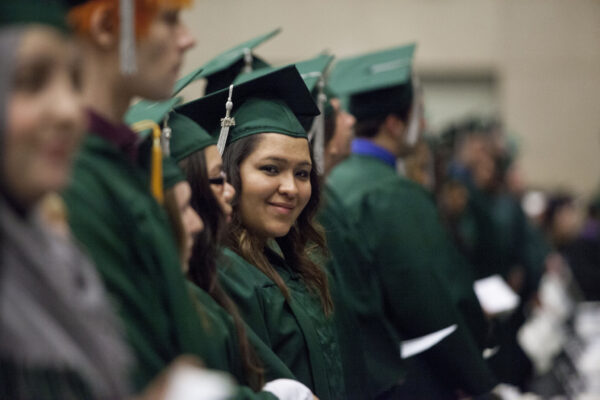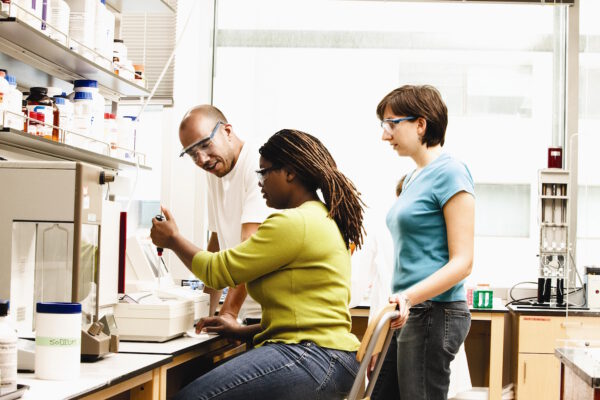Urban Institute Proposes Alternative Postsecondary Accountability System
Title: Developing a Multimetric Accountability System for Postsecondary Institutions
Authors: Sandy Baum, Erica Blom, and Jason Cohn
Source: Urban Institute
A new report from the Urban Institute proposes the use of multiple metrics to hold colleges and universities accountable for student outcomes.
As core principles in designing the proposed system, the authors emphasize the need for accountability standards to apply to all institutions, while recognizing institutional differences by the level of programs. Standards also need to be adjusted for geographic and economic factors. Finally, standards should consider the distribution of outcomes for all students, not just focusing on average outcomes or the outcomes of graduates.
Using these principles, the report proposed four accountability metrics:
1. Share of students defaulting: Adjusted cohort default rate (CDR)
The current CDR that is used by the Department of Education measures only the share of borrowers defaulting within a specified period. The authors propose an adjusted CDR by weighting the share of borrowers defaulting by the share of students borrowing. This adjusted CDR is more favorable to institutions where a lower share of students has debt compared to institutions where most students have debt. For example, using adjusted CDR for public two-year colleges moved the average CDR from 16 percent to 4 percent, according to the analysis conducted by the authors using 2019-20 College Scorecard data. This was possible because a relatively small share of public two-year college students borrow.
2. Share of total debt repaid: Dollar-based loan repayment rate
The report also suggest using dollar-based loan repayment rates instead of student-based repayment rates. The current student-based repayment rates are based on the share of borrowers in a cohort who reduce their loan principal within a specified number of years. The proposed dollar-based repayment rates are based on the share of balances outstanding compared to the amount originally borrowed. The dollar-based repayment rates could be more sensitive to the degree of repayment success.
3. Completion rate threshold by the level of institution
The authors argue that graduation rate thresholds should be specified differently between four-year, two-year, and less-than-two-year programs. The current regulatory system applies one completion rate of 150 percent of the program length for all types of programs (e.g., six years for four-year or three years for two-year programs). Different completion rate thresholds could better consider specific barriers for completion by institution level and different shares of first-time, full-time students which are used in calculating completion rates.
4. Postcollege earnings
The report recommends using a separate earnings thresholds as a reasonable earnings metric to consider different types of credentials and institution levels. Comparing postcollege earnings to the average earnings for high school graduates or the federal poverty level may fail to accurately assess the labor market outcomes of some institutions. The authors propose separate earnings thresholds based on the level of the institution. They also emphasize that the earnings metric should consider distribution of earnings beyond a single average number, and be adjusted for geographic and economic factors.
To read the full report, click here.
—Ji Hye (Jane) Kim
If you have any questions or comments about this blog post, please contact us.

